The Special Value and Authenticity of Pearls

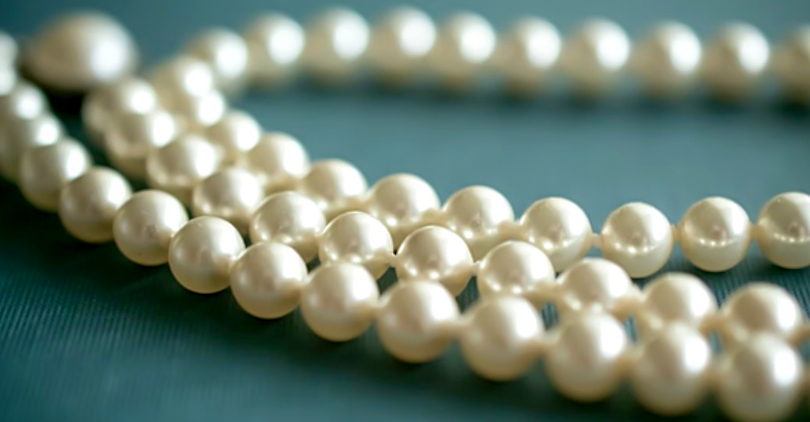
Have you ever wondered why pearls never seem to lose their charm? As someone who works with jewelry, I am constantly amazed by the intrinsic worth and integrity of these gemstones.
For centuries, people have been spellbound by pearls – their luster and their understated elegance – which is why they remain one of the most beloved gems in the world.
Knowing what makes a pearl valuable and genuine has never been more important. These days, the market is flooded with fakes and lookalikes made from plastics, glass, or other materials.
True pearls are formed naturally – each one individual in size, shape, and color. It is this rarity, coupled with their beauty, that gives them a certain mystique, something collectors and admirers cannot resist.

In this article, we will explore exactly what it is about pearls that means they always seem to retain both value and desirability, qualities which may not be true for other types of jewelry.
Why Are Pearls So Special?
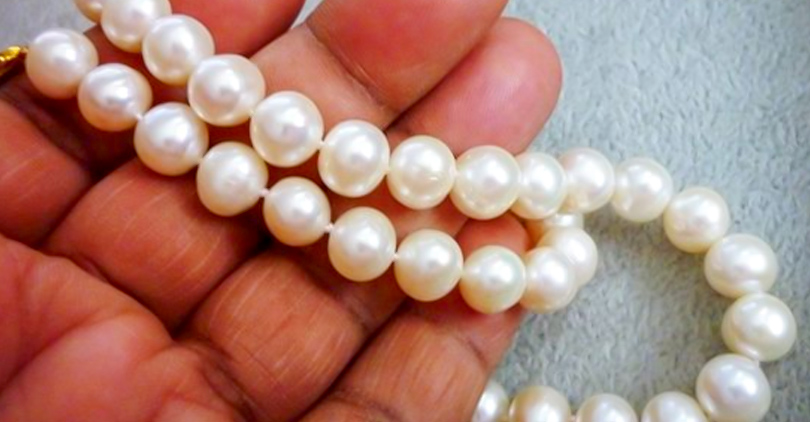
The appeal of pearls is eternal, as they possess an unmatched beauty. When oysters produce them, these gems are unlike any other: individual in their luster and silhouette.
Representing purity and class, pearls hold a significant role in human culture – and their timeless nature still enchants us today. Let's take a closer look :
Pearls Have an Impressive History
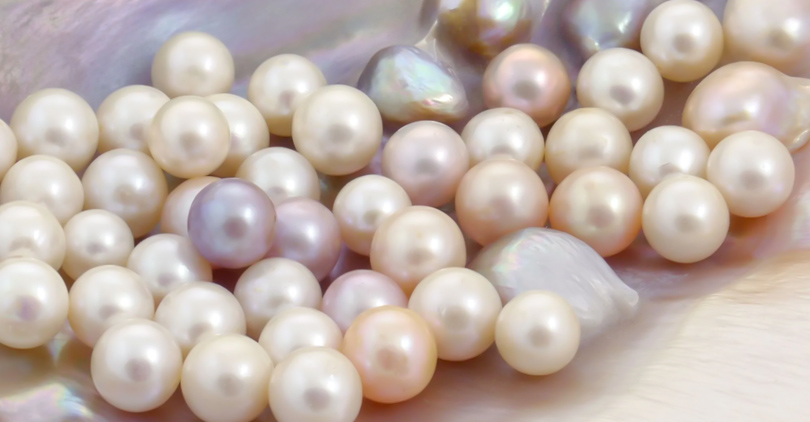
Pearls are unlike any other gemstone because they are found in the sea instead of the earth. They have a natural shine that does not need any man-made changes – people have admired their beauty for thousands of years.
Ancient Greeks liked to use them when making jewelry. At different times in history, many cultures thought pearls were more special than other precious stones.
For example, during England's "Pearl Age," lots of rich people loved pearls – just like Byzantine rulers. But at this point, only certain individuals could have these incredible gems.
Then, about 100 years ago, people figured out how to grow pearls on purpose in Asia. This made things change. More individuals could get and wear pearls than previously! And when something is rare – well, supply and demand tells us that people will really want those items.
Pearls Have a Great Symbolism
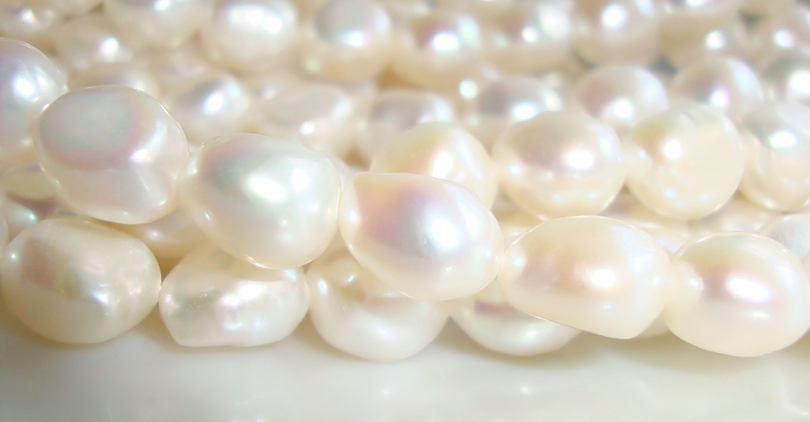
Back in the day, people thought pearls were otherworldly because they shimmered like moonlight and had enchanting powers. Ancient Chinese lore said these beauties could protect you from dragons (yes, really) or a house fire.
And many cultures associated pearls with purity, modesty, and innocence — some even wore them as bridal jewelry only. Pearls are all about embracing your inner goddess: simple yet complex feelings that touch your heart.
No gem feels as cool as one of these against your skin — it's almost like they give you grace superpowers! And because of this, they never go out of style!
Pearls Have a Long Period of Cultivation

The formation of real pearls is an interesting process called natural or cultured pearl formation. Natural pearls are made when something bothers an oyster, and it defends itself by coating the irritant with layers of shiny nacre over time.
Cultured pearls go through the same process but with humans putting the irritant inside – either a bead or a piece of shell. It takes skill and patience to farm high-quality pearls this way.
After years of development inside a living mollusk, beautiful pearls that are worth lots of money for their size and quality finally come into existence: proof once again of how wonderful nature can be if we give her a chance!
Are Pearls Still Worth Anything?
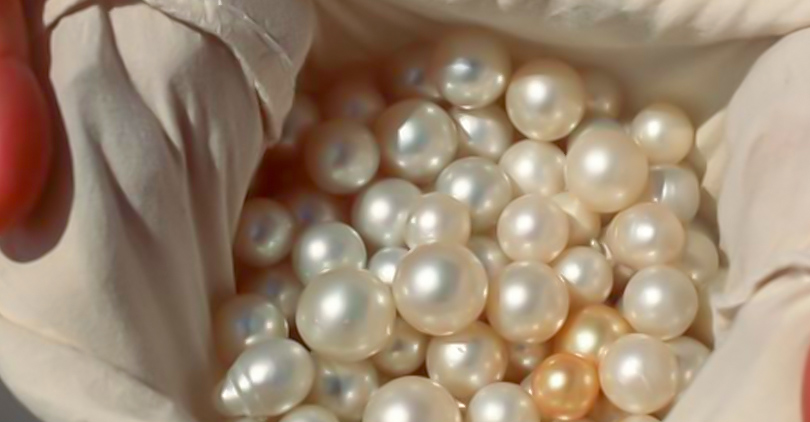
Pearls have always been highly valued for their timeless beauty and distinctive rainbow-like sheen, making them one of the most precious gems in jewelry.
The size, shape, color, shine, surface quality and whether they are natural or cultured all help determine their worth. A perfectly round pearl with excellent luster that comes in a rare hue and has no blemishes is worth a great deal.
For instance, when La Peregrina Pearl – which once belonged to Elizabeth Taylor– went up for auction, it sold for over $11m because it had exceptional qualities as well as being historically important.
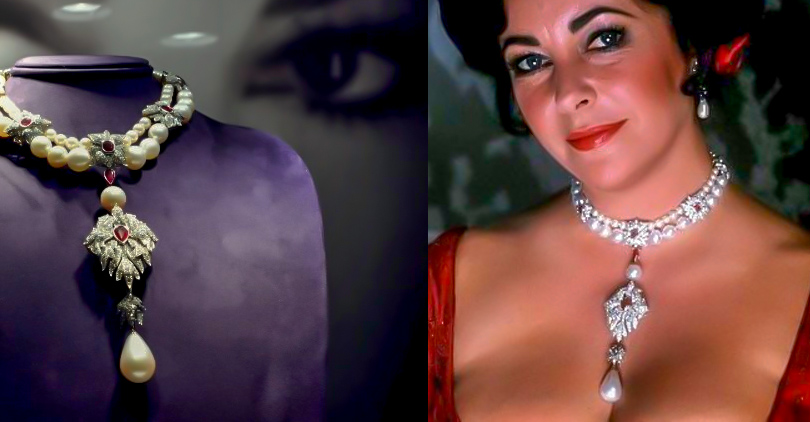
Similarly, Mikimoto pearls are known for both having superb standards of craftsmanship behind them and being beautiful; this is why collectors will pay a lot of money to own Mikimoto pieces even today.
Those who want beautiful pearls that are still affordable are turning to cultured freshwater pearls. White Victoria is one brand that uses these gems extensively because they can create modern designs at affordable cost.
Pearls have always been symbols of refinement and elegance, values which still hold true today. Whether used in traditional jewelry passed from mother to daughter or enjoyed in cutting-edge styles, pearls retain their glow over time and are worth the investment for anyone who loves beautiful things.
How Can You Tell If Pearls Are Real?
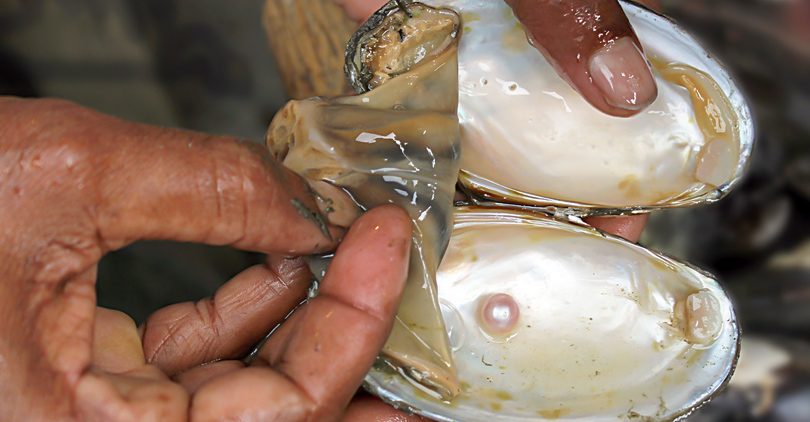
If you want to identify real pearls, there are several factors to consider that can help differentiate them from synthetic or imitation ones.
One test involves using your teeth: if you rub an actual pearl lightly against the front of them, it feels slightly gritty because of the layers it's made up of (nacre). Fake pearls don't have this characteristic and will, therefore, feel smooth when tested in the same way.
Another thing worth checking is whether any imperfections exist on the surface under magnification; these might be irregular shapes not found with faux items. Often, genuine examples do indeed possess tiny blemishes or marks – but these are what make them unique!

Another method for distinguishing real pearls is by weighing them - genuine pearls are heavier than plastic or resin imitations because they are solid throughout. Cultured pearls might have a drilled hole that can be seen upon close inspection, whereas simulated pearls might exhibit mold seams.
Obtaining a professional appraisal from a certified gemologist or jeweler can also help authenticate pearls based on their origin, shape, size, and luster.
Ultimately, using a combination of these methods provides a comprehensive way to confidently determine the authenticity of real pearls – ensuring their worth as beautiful natural gems!
Why Is a Pearl Expensive?
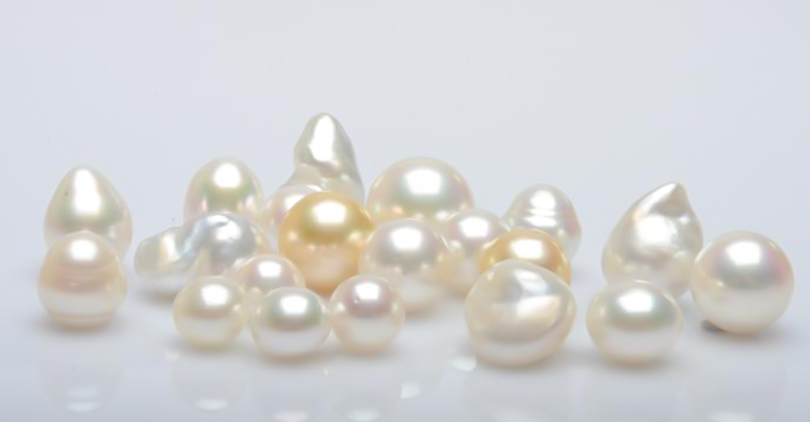
There are a few interesting reasons why pearls are so valuable and pricey, making them stand out among gemstones.
One factor is simply that natural pearls are rare — they form inside mollusks organically only under certain conditions that can't be easily reproduced. Because there aren't many found in nature, each one is considered a precious rarity and commands a high price tag.
Cultured pearls are more plentiful than natural ones, but growing them still requires know-how and painstaking effort. It can take up to several years for pearl farmers who implant young mollusks in beds or nets to get these creatures to produce high-quality gems with bright shine (luster) and thick nacre coatings – thus contributing to their worth.
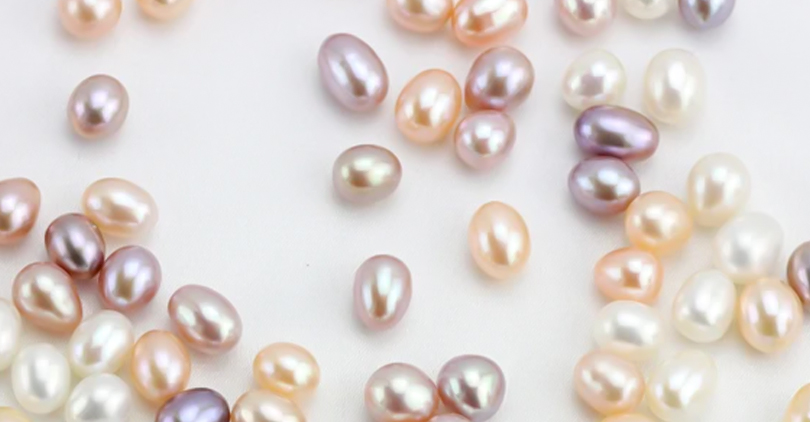
The price of real pearls continues to rise as more and more people want them. Especially perfect ones that are all the same shape, size, and color, and have no marks. If you can get hold of freshwater pearls from a good source – or White South Sea and Tahitian ones that have been cultured – you can charge a lot for them because they're so nice.
Basically, there aren't many gems like these around. Lots of people want one, and they're amazing anyway…and that's why genuine pearl jewelry always costs top dollar!
Conclusion
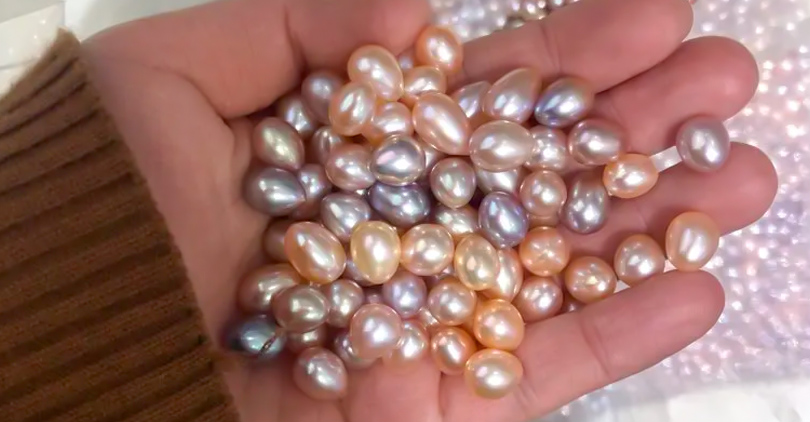
The special worth and genuineness of pearls keep on spellbinding gems devotees around the world. Regardless of whether regular or refined, pearls have an ageless appeal that rises above patterns and ages.
Realizing how intricate genuine pearls are shaped and how to tell them apart from fakes adds another layer of gratefulness for these excellent jewels.
From the noteworthy significance of regular pearls to the advanced allure of refined ones, pearls remain images of classiness and elegance.Purchasing pearl jewelry made with real pearls doesn't just increase the value of one's gathering. It also implies that one is saving something iridescent and valuable that can be handed down through generations.


Leave a Comment